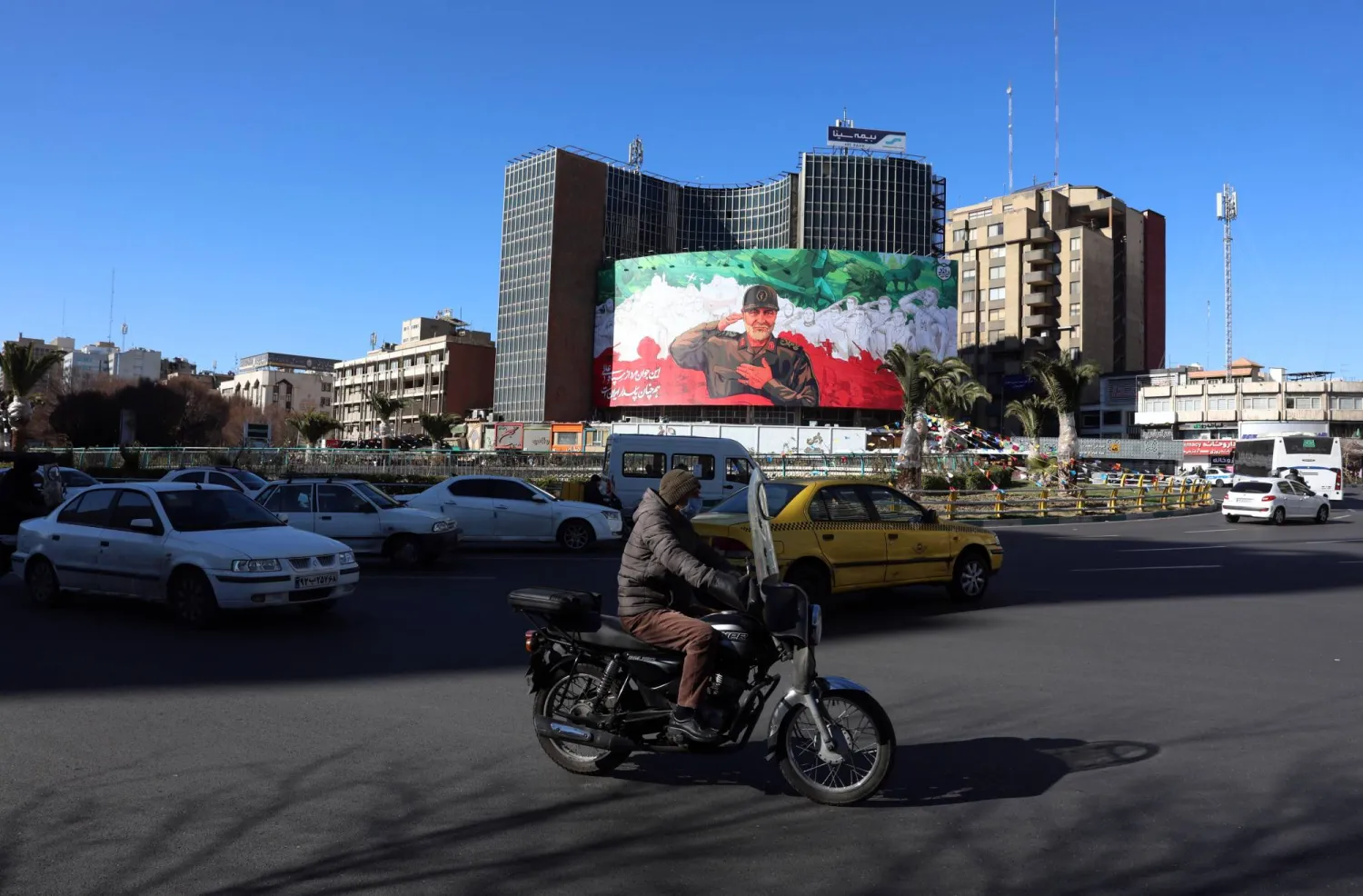Northern Ireland was torn apart by three decades of violence between nationalist and unionist communities that ended with the Good Friday Agreement signed nearly 24 years ago.
The province's majority Protestant unionists favored continued British rule. Catholic republicans wanted equal rights and reunification with the rest of Ireland, AFP reported.
Here is an overview of the "Troubles" during which more than 3,500 people were killed.
- Trouble starts -
Violence erupts in 1968 when police use force against a peaceful Catholic civil rights demonstration in Londonderry demanding an end to discrimination in voting, jobs and housing.
The situation degenerates as Catholic meetings and demonstrations end in clashes with the police and Protestants.
In August 1969 as sectarian violence grips the province, British troops are deployed.
- IRA steps in -
In 1970 a Catholic guerrilla group, the Provisional Irish Republican Army (IRA), begins a campaign of bombings and shootings against the troops.
Unionist paramilitary groups respond, mostly by killing Catholics, further driving a wedge between the communities.
Violence explodes after January 1972 when 13 people are killed on "Bloody Sunday" after British soldiers open fire on a peaceful Catholic civil rights march in Londonderry.
- Direct rule -
London suspends the Northern Ireland provincial government two months later, leading to decades of direct rule from the British capital.
In 1974 the IRA extends the bombing campaign to Britain with attacks on pubs in Guildford, Woolwich and Birmingham that kill about 30 people in all.
It also assassinates key British establishment figures, including Queen Elizabeth II's cousin Lord Louis Mountbatten in rural northwest Ireland in 1979.
On the same day 18 British soldiers are killed in an IRA ambush at Warrenpoint in Northern Ireland.
- Hunger strikes, bombs -
A turning point comes in 1981 when IRA inmate Bobby Sands and nine comrades die on hunger strike at Maze Prison demanding political prisoner status.
Their deaths draw global sympathy for the republican cause.
The following year the IRA's political wing Sinn Fein wins its first seats in parliament. A year after, Gerry Adams is elected party chief.
The IRA continues to strike in England, with Prime Minister Margaret Thatcher narrowly escaping death in a bomb attack on the Grand Hotel in Brighton during the 1984 Conservative party conference in which five people die.
Seven years later they attempt to assassinate her successor, John Major, in a mortar attack on 10 Downing Street.
In 1992 and 1993 two massive bombings kill four people and cause major damage in the City of London financial hub.
- Peace initiatives -
An attempt by Conservative Prime Minister Edward Heath to establish a power-sharing executive founders in 1973 after a unionist general strike.
Thatcher signs an Anglo-Irish accord in 1985, acknowledging Dublin's say in Northern Ireland's affairs.
Behind-the-scenes talks lead to an IRA ceasefire in 1994, which breaks down as negotiations stall.
- Good Friday breakthrough -
In July 1997, after Tony Blair becomes Britain's Labor prime minister, Sinn Fein gets a place at the negotiating table after the IRA declares a new ceasefire.
The Good Friday Agreement is signed on April 10, 1998 between London, Dublin and the main Northern Ireland political parties.
It leads to a new semi-autonomous Northern Ireland with a power-sharing government between Protestants and Catholics.
- Omagh atrocity -
The deadliest single atrocity of the period comes four months after the accord when 29 people are killed in the town of Omagh in a bomb planted by a dissident group, the Real IRA.
The attack has the effect of bolstering, rather than undermining, the peace accord.









